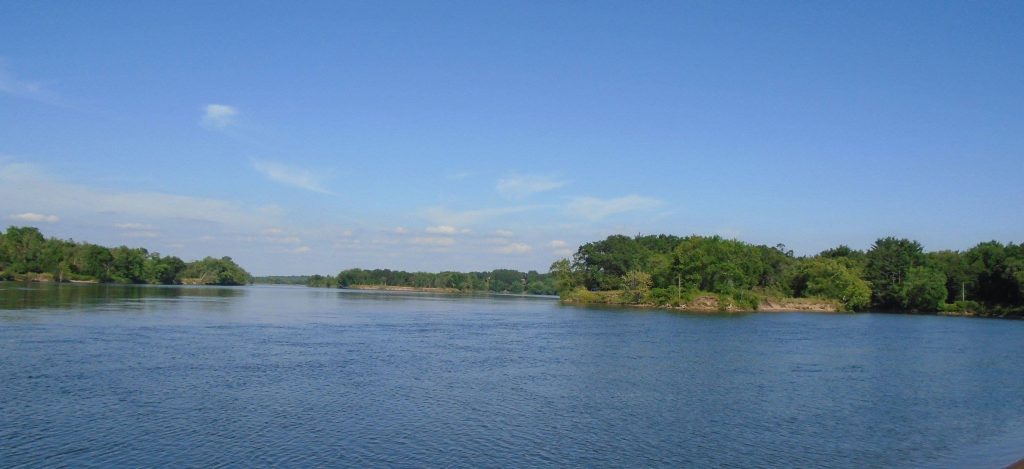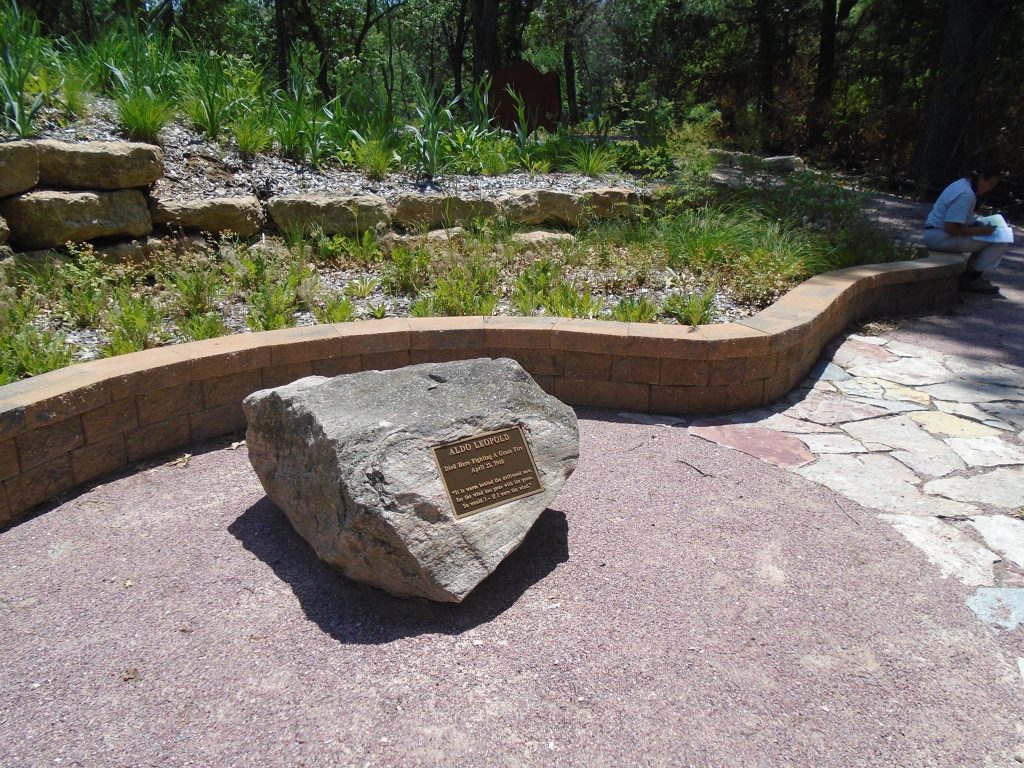My latest contribution to “Virginia Forests” Magazine. This issue concentrates on urban forestry. They will no doubt edit and improve it, but the draft is what I wanted to say.
The new forestry frontier
The American Tree Farm System had a rural upbringing with people living on the land, experiencing nature first-hand, often and intimately. Today about 80% of Americans live in urban areas.
These are not necessarily places bereft of nature. You can find big trees and inspiring natural landscapes within urban boundaries. They are managed, protected and often pampered by local authorities, and this is precisely the challenge of urban forestry. People’s relationships to nature are shaped by interactions. In an urban area, people often interact with nature episodically and as spectators. Their activities are limited; stay on the path, don’t touch, leave nothing and take nothing. People are guests, passive. They leave decisions to professionals.
Tree farming is participatory. Tree farmers are responsible for the ground they stand on and they feel it. They put things onto the land and take them off, make decision about what will happen years after they are gone. The great conservationist Aldo Leopold wrote about this in when describing his land ethic in Sand County Almanac. “A conservationist,” he wrote “is one who is humbly aware that with each stroke [of an axe] he is writing his signature on the face of the land.”
Eight out of ten Americans live in cities. This is a cause of concern but not despair.
Leaders in urban centers are developing more sophisticated understanding of nature in the context of a human-built environment. They are coming to appreciate the value of so-called green infrastructure for both the bottom line and also for their more elusive but indispensable contributions to the human spirit.
We live within a system of constraints, natural and societal, and a world of opportunities. The ingredients are fixed; genius lives in the right mix. The essence of sustainability is prospering within constraints. Profit is the price of survival. We must “sell” the economic value of green infrastructure and we can. Working with nature can often save millions of dollars, as governments and private firms are coming to appreciate. The more we understand, the better it gets.
There need be no long term-conflict between conservation and economic utility. It is an art and a source of human happiness to find the elegant solution that sustains and progresses both. This is a role for urban forestry. We could imagine trees being harvested sustainably and helping educate people about the constancy of change and the requirement to get involved. Good green infrastructure principles can be (and increasingly are) applied to things like control of invasive species, urban wildlife and the prosaic but crucial storm water diversion. Forests connect these things.
The missing piece is education, not only in school but in the living and experiential sense. Being involved in nature’s complexity, being a conservationist in Leopold’s definition, protecting nature while calming and ennobling the human spirit.
An ethical relationship to our environment requires love of our land and gratefulness for our part in its changing face, as well as a recognition of its economic value and value beyond economics. We can find a trail-head in classrooms and books but come to a fully-developed relationship only with boots-on-the-ground participation in natural processes over significant time. Tree farming has been capstone education for those lucky enough to do it, but this is not the only path on this pilgrimage. Mindful involvement in world around us is the key. It may be easier to see on tree farms, but nature exists everywhere, also in cities. Since that is where the people are, cities are where human-nature relationships will develop and prosper and cities are where conservationists also need to be.
My pictures are from the Aldo Leopold Foundation. The first one is Leopold’s shack. You can see it in the middle if you look very closely. He planted the trees. They have grown very big. Next is one of the oak savannas maintained by periodic fire. Picture #3 is the Wisconsin River from Leopold’s farm and finally is the memorial where Aldo Leopold died fighting a fire. Fire can be a useful friend or a deadly enemy, but it cannot be ignored or excluded. He died of a heat attack, not as the result of the fire.




